I. Marks takes a look into the world of
computers that got more than they deserved out of life
There is quite often a discussion among
computer enthusiasts about systems that did not do as well as they should have
done. Hardware that was ahead of its time but failed to capture the public
imagination. Such technology luminaries as the Sinclair QL, the SAM Coupe, the
Apple Lisa and the Atari ST can all be classed as computers often thought of as
not reaching their full potential.
What, though, of the computers that
actually outreached themselves, the ones that achieved far more than they
probably should have done? This feature is going to take a look at some
machines that were very, very successful, but which maybe shouldn’t have been.
Let’s shine a light, then, on these
overachieving computers.
The IBM Personal Computer 5150 (1981)
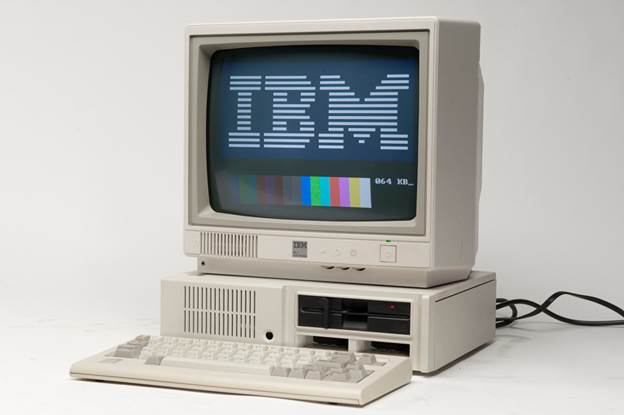
I can almost hear the cries of outrage now…
How can the IBM 5150 be a computer that achieved more than it should have done?
It’s the computer that started the PC revolution; it’s the computer that nearly
all modern PCs owe a debt to in their internal architecture. All this is true,
but have you ever looked closely at the specifications of the first PC? They
are truly, truly limited. When IBM launched the 5150 on the world in 1981, it
was designed to be a PC for every business and home. Designed and made from
off-the-shelf parts, it was something that IBM could manufacture easily and
cheaply and makes huge profits off. It cannot be denied that the IBM 5150 PC
changed the computer world, but in its original form it did not deserve to.
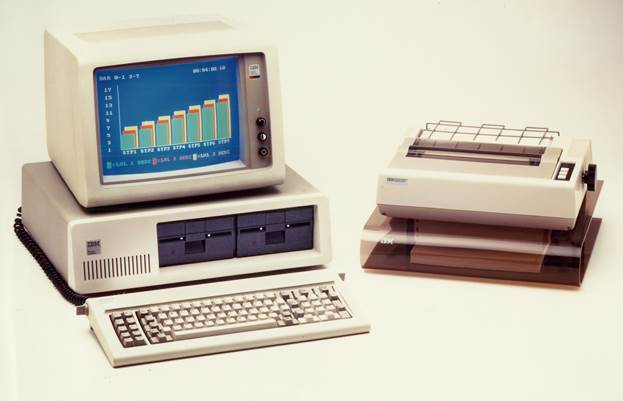
It
started the PC revolution, but was pretty shabby in its original incarnation
(www.oldcomputers.net)
For $1,500 you could have a 16K computer
with no monitor and no storage unless you owned a cassette recorder. Yes, it
did have a revolutionary 8088 processor and the potential to add floppy disks
and hard drives, but for that you’d be talking between $3,000 to $5,000. So in
1981 you could buy a computer that was not much more powerful than a Sinclair
ZX81 but cost 15 times more. How it sold in enough numbers to be a success is
slightly baffling, but not so much that it cannot be explained by IBM’s
reputation at the time. As the saying went, ”nobody ever got fired for buying
IBM equipment” and this is true of the early 80s too. Companies that had always
bought IBM equipment still bought IBM equipment and the 5150 sold plenty.
It wouldn’t actually be until 1983 when IBM
released the much better specified IBM XT that it had a machine worthy of its
own legacy. The 5150 was underpowered and overpriced but IBM’s name and
reputation made it the success that it would not have been if any other company
had released it.
The Sinclair ZX80 (1980)
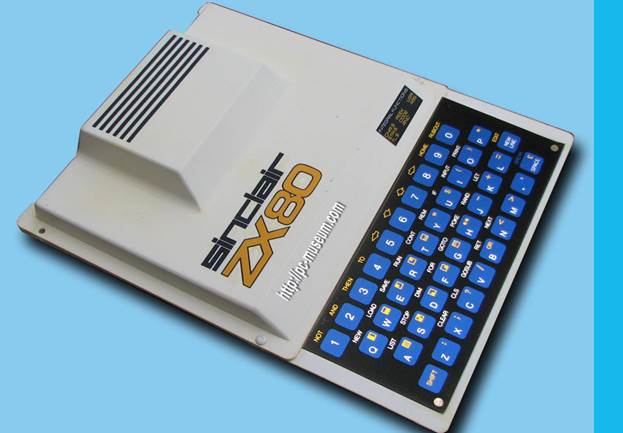
The ZX80 was not quite the stellar success
the IBM 5150 was, but in the UK it kick started the home computer revolution.
While it did not sell millions, it sold enough to cement Clive Sinclair’s
reputation as a computer genius. It also supposedly set many people on the road
to programming careers.
Personally, I think that many people who
remember the ZX80 have confused it with its younger, sexier sibling the ZX81.
Think carefully about your own computer history. Have you ever actually used a
ZX80?
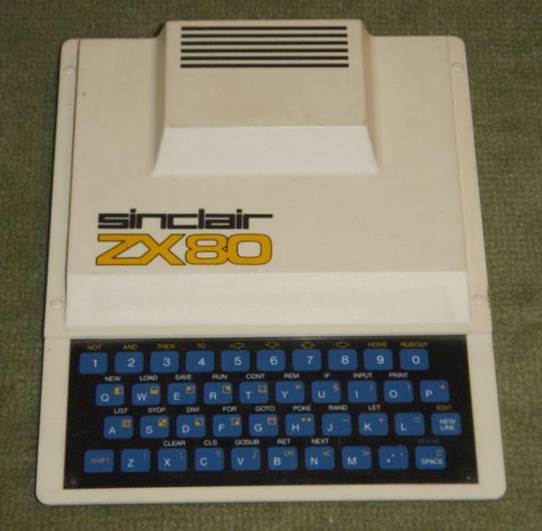
White
and blue were never great combinations, then you turn it on and it gets worse
I have and I can tell you that it is
practically unusable as a computer. I owned one briefly in the late 1990s when
I bought one from a car boot sale (nowadays you’d pay around $302 for an
original ZX80, but I picked it up for about a fiver. Anyway I digress…). Once
you plug in a ZX80 and try to use it, you realize how awful the machine is.
Every time you dare to press a key, the
screen blanks off momentarily, so typing long sentences is a frustrating
experience. Anyone who has problems with flashing lights should never ever use
one. Once you’ve entered your program, you can press RUN. At this point, the
screen goes blank for ages, and then occasionally shows you what is going on.
It is not a pleasant experience.
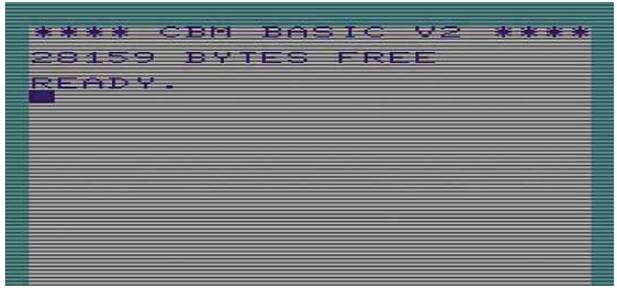
22
characters to a line look stretched and horrible
The ZX80 cannot process information and
show the screen at the same time, so for almost any programs, it is no good at
all. It also looks horrible in its shiny white shell and only has 0.5K of RAM.
I appreciate that it was released in 1980, but it just isn’t a good machine. I
cannot believe anyone who bought one got any great joy out of it or would have
developed a love of computers.
In 1981, the ZX81 was released… Now there
was a computer that deserved all the praise that was bestowed on it.
The Commodore VIC 20 (1981)

As far as I’m concerned, any computer
advertised by William Shatner in a chunky knit sweater deserves all the success
it can get, so the Vic 20 scores well in this department.
Released in 1981, the Vic 20 has much going
for it. It was the first truly affordable color computer on the market. It also
had a full-size, full-travel keyboard at a time when Sinclair was still using
flat membranes.
Why, then, did it not deserve its success?
Well, mainly because of the sheer underpowered nature of the machine. It had
3.5K of memory for a start, which was not enough to even make a start at using
those full color graphics; by the time you’d designed a few sprites, you’d run
out of memory. Also, it had a 22-character display, which made everything look
stretched and strange.

If
Captain Kirk uses one, then it must be good. What does Picard use, though?
To do anything with the Vic 20, you had to
add expansion modules. From expensive memory upgrades to cartridge software to
house-mortgaging floppy disk drives. Yes, the base computer was affordable, but
in its purchased state it was very hard to get anything useful out of the beige
box.
“It’s the computer that nearly all modern
PCs owe a debt to in their internal architecture”
I actually have a soft spot for the Vic 20,
it being the first computer I ever used when a friend’s dad bought one. I
vividly remember spending the whole day playing Blue Meanies on it. However,
within a year, computers would come out that showed the Vic 20 up for what it
was: an overpriced and underpowered machine. Yes, the Vic 20 was more powerful
than Sinclair’s ZX81, but it also cost three times as much, and I’m not sure
you got three times as much fun out of it.
I bet William Shatner didn’t ever use one
in reality either.